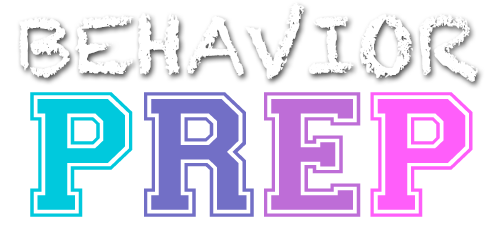B.4 Identify and distinguish between positive and negative reinforcement contingencies.
Positive Reinforcement
Positive reinforcement refers to the presentation of a desirable stimulus immediately following a behavior, which increases the likelihood of that behavior occurring in the future. In other words, positive reinforcement involves adding something pleasant or rewarding to strengthen a behavior.
Example: Imagine a child cleaning up their toys after playtime. If the parent praises the child and gives them a sticker as a reward for completing the task, the child is more likely to engage in toy cleanup in the future. The praise and sticker serve as positive reinforcers that increase the likelihood of the child engaging in the behavior of cleaning up their toys.
Negative Reinforcement
Negative reinforcement refers to the removal or avoidance of an aversive stimulus immediately following a behavior, which increases the likelihood of that behavior occurring in the future. In other words, negative reinforcement involves removing something unpleasant or aversive to strengthen a behavior.
Example: Consider a student studying diligently to avoid receiving a low grade on an exam. If the student’s studying behavior results in the removal of anxiety or the aversive experience of failing the exam, they are more likely to study in the future to avoid those negative experiences. The removal of the aversive stimulus (anxiety or the risk of failing) serves as negative reinforcement that increases the likelihood of the studying behavior.
Both positive reinforcement and negative reinforcement contingencies are effective strategies for strengthening behaviors in applied behavior analysis. The key difference lies in the type of stimulus involved, with positive reinforcement adding something desirable and negative reinforcement removing something aversive.
